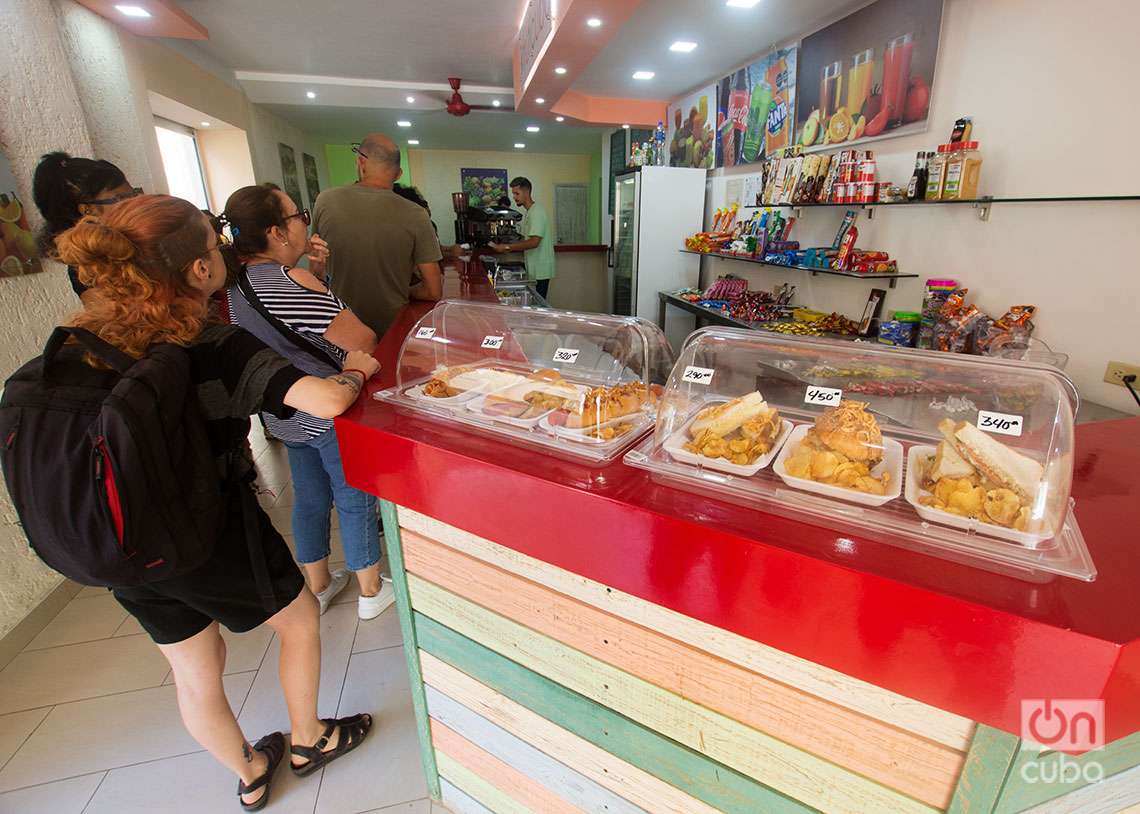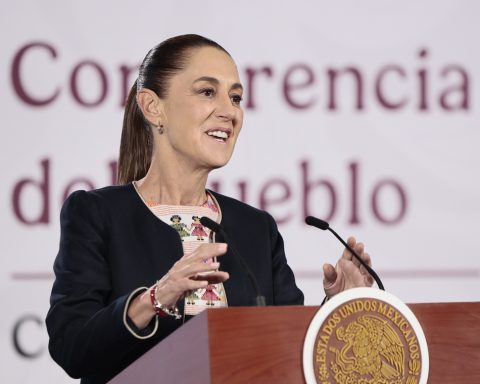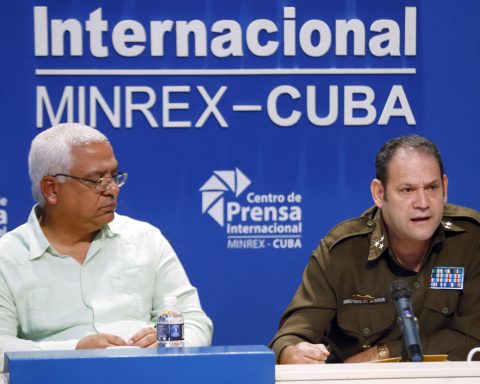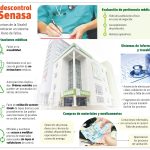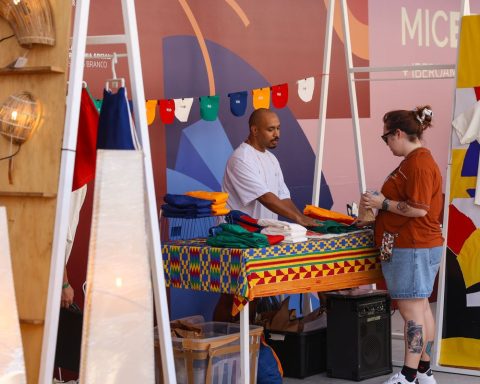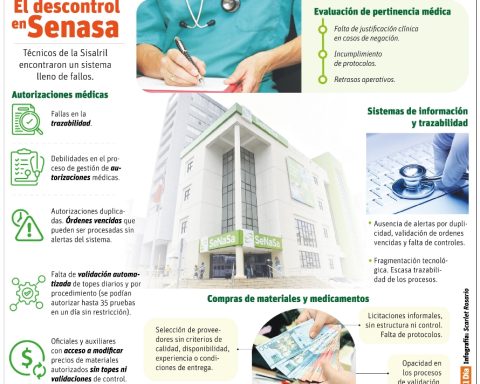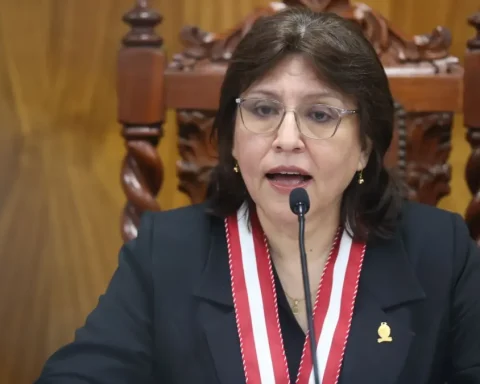The inflation The year-on-year rate in the formal Cuban market stood at 45.36% in April, compared to 23.69% in the same month of 2022, fueled by food and restaurants, the National Office of Statistics and Information (ONEI) reported this Friday. ).
This agency does not include the evolution of prices in the island’s largest and best-stocked informal market, which is more prone to inflation due to the severe shortage of basic products suffered by the island and the lack of regulation.
For its part, the consumer price index (CPI) increased by 2.78% in April compared to the previous month, specified the ONEI.
By categories, the interannual rise of Food and non-alcoholic beverages (70.67%) stood out, followed by Restaurants and hotels (64.91%), Miscellaneous goods and services (21.79%), Furniture and household items ( 21.19%), Education (19.50%) and Transportation (19.15%).
Only in April, the prices of Restaurants and hotels experienced a rise of 4.01%, followed by 3.70% of Food and non-alcoholic beverages.
All categories experienced year-on-year price increases, many of them at double-digit rates. The least inflationary were Health (2.41%), Communications (0.34%) and Alcoholic Beverages and Tobacco (1.82%), sectors controlled by state monopolies.
This strong price increase follows the one registered in 2021, when the ONEI estimated inflation at 77.33%, and 39.07% of the Cuban formal market in 2022.
There are no data on the evolution of the Cuban informal market, where some basic product prices have doubled in the last 12 months. The carton of 30 eggs in Havana has gone from 600 Cuban pesos (CUP) (25 dollars/23 euros at today’s exchange rate) to 2,000 CUP (83.35 dollars/77.12 euros), when the average salary in 2022 was 4,200 CUP (175.18 dollars/16,209 euros)
Some independent estimates put informal market inflation in 2021 at around 500%.
As Cuba imports 80% of what it consumes, according to UN estimates, the depreciation of the Cuban peso (CUP) is relevant in the inflationary spiral. In the last twelve months, the Cuban currency has gone from 113 CUP per dollar to 193 in the informal market, according to the exchange rate prepared by unofficial media.
Cuba has been going through a serious economic crisis for two years, which is evidenced by the shortage of basic products (such as food, medicine and fuel), the partial dollarization of the economy, a deep depreciation of the peso, prolonged and frequent blackouts and a strong price increase.
The effects of the pandemic, the increase in US sanctions, and errors in national macroeconomic policy are the main causes of this crisis, which is fueling migration —mainly to the US— and social discontent.
